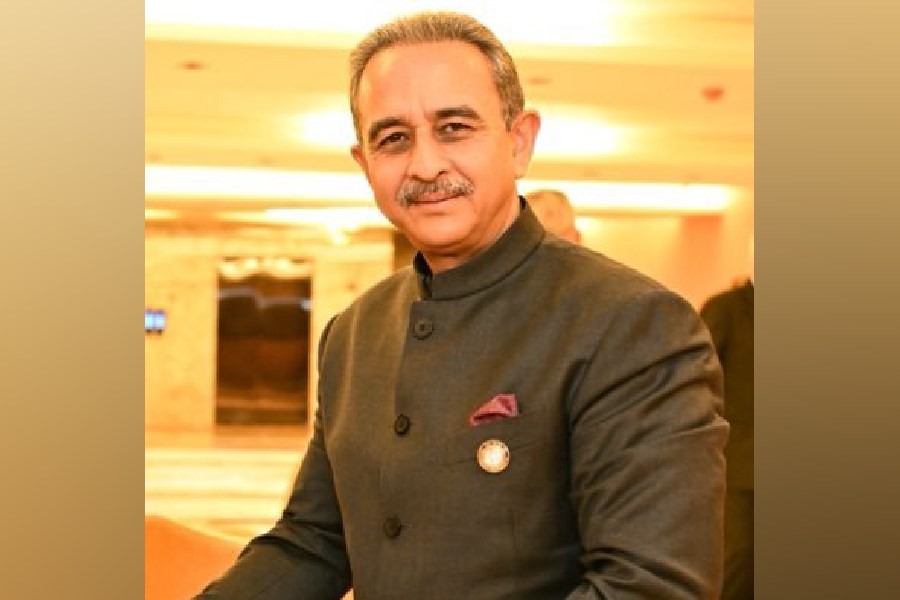
Aug. 8: A proposal from the University of Sussex to restore an 18th century building - where the "father of Indian botany", William Roxburgh, lived - might save the heritage structure.
Abandoned since the 70s, the Roxburgh House at the Botanic Garden in Shibpur with its impressive portico and wooden spiral staircase is slowly giving in to the vagaries of nature and time. And the owner, the Botanical Survey of India (BSI), seems least interested in stopping it.
Right beside the Roxburgh House is the herbarium that the Scottish surgeon-cum-botanist had built for his collection of more than 2,500 plant specimen, along with detailed coloured drawings by Indians.
An architectural marvel, the herbarium, which was built on an elevated structure with arched foundations to let the waters of the Hooghly flow through during high tide, is crumbling.
The Asia Scotland Trust with help from the Centre of World Environmental History (CWEH) at the Sussex University has stepped in to preserve the Scottish-India heritage link.
"We have been discussing the possibility (with the BSI) of restoring William Roxburgh's house in the garden for use as an interdisciplinary climate and environmental history research centre or an interpretation centre for the Botanic Garden," Vinita Damodaran, director of CWEH, said.
"The house and the old herbarium and library of Roxburgh in the AJC Bose Indian Botanic Garden are architecturally superb buildings though currently in a very dilapidated state.
"Roxburgh, an important botanist, is a significant figure for the natural history of both Britain and India. Preserving his house and library is critical to the preservation of the story of Indian botany and also to the architectural heritage preservation movement in India."
There is now a Central National Herbarium but the "house and old herbarium building are superb examples of period architecture".
"We hope to renovate it and turn it into an interdisciplinary centre... with access to the wider Calcutta audience, including university students and schoolchildren," Damodaran said.
The purpose of this building as a learning centre will be developed in conjunction with BSI scientists and other members of CWEH who are professors and students of Calcutta and Jadavpur universities, she said.
It will also serve as a resource centre for environmental and climate change, which will greatly benefit the city, she said.
The CWEH has has held discussions with BSI director Paramjit Singh and secretary in the environment ministry Ajay Narayan Jha regarding the restoration.
Conservation architect James Simpson has already gone through a report on and measured drawings of the house and the herbarium.
"We could build on this knowledge and revive this important effort. The network would like to solicit both public and government support from India and Britain for this important initiative in cross-cultural collaboration," Simpson said.
"There is currently a British Council initiative in India to share skills and create and develop joint cultural projects. This could be one such brilliant initiative, which the network would like to see develop," the professor said.
BSI director Singh said the CWEH had given a proposal to restore the Roxburgh House. "The ministry is still to allocate funds for the project. Once we get the green signal from the Centre, we will proceed with the project."











